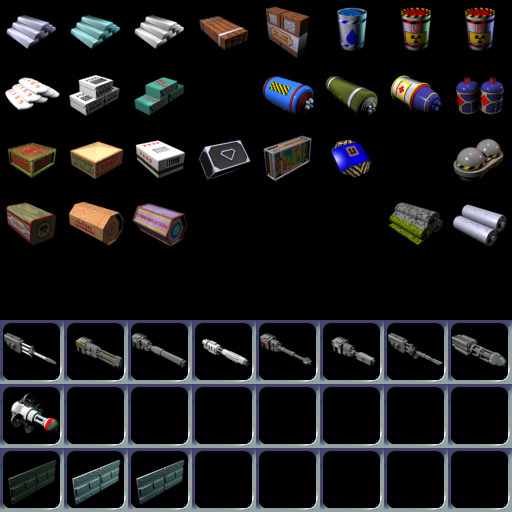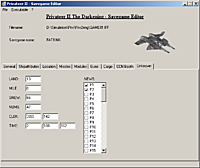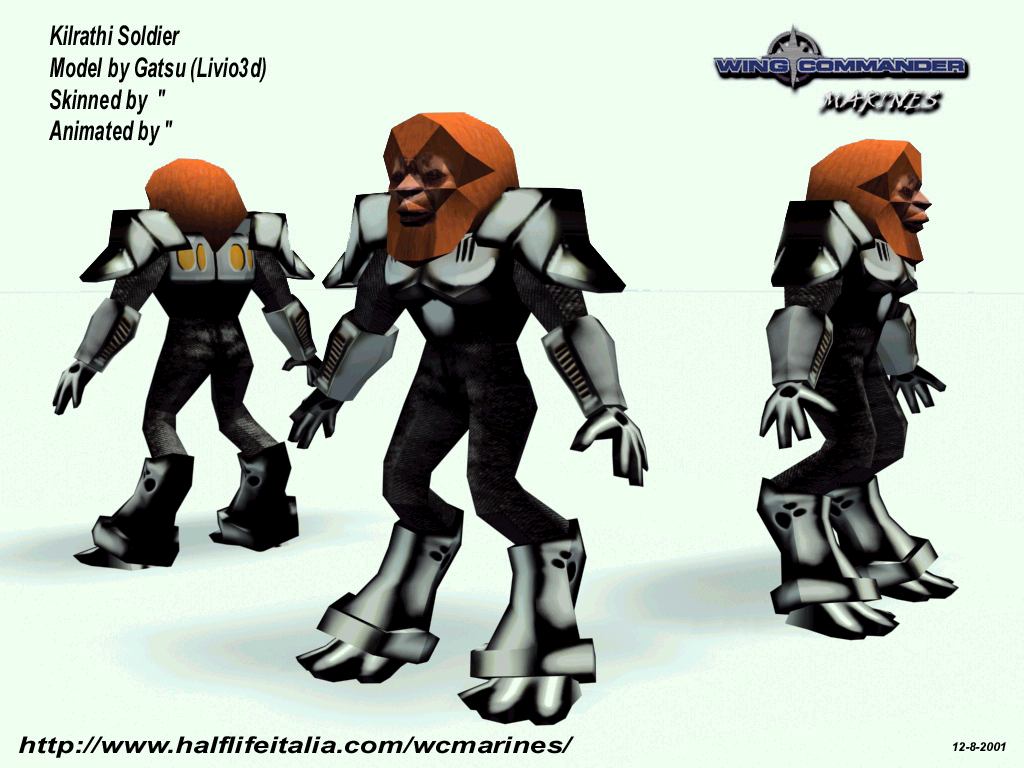


Clearly investing in grain is the better value because we're limited in the amount of credits we can spend.īut let's say instead that we have 75,000 credits in the bank. Assuming we can sell these goods at a typical price, one unit of plutonium would earn 98 credits while seventy-five units of grain would bring in 750 credits. Grain has a high yield but low profit score while plutonium is very profitable but has a low yield score. With that cash you can probably fill your hold with grain or purchase one unit of plutonium. To appreciate the difference between profit and yield, take this example: Let's say that you're flying an Orion, which can carry 75 units of cargo, and have 1,000 credits in the bank. Trading goods with a high score will always yield a profit while low scored goods might be sitting in your hold a while before you figure out what base type is willing to pay the most money for it. The security score helps you avoid these items. Some items might have bad buy/sell margins while others might only be profitable when sold at particular bases. Security: Privateer has no qualms about selling you goods that it knows you'll have a hard time selling for a profit. Goods with high yield scores are great for growing cash quickly and are especially good to trade in during the early game or after you've purchased an expensive ship upgrade, times when you don't have a lot of cash on hand to buy more profitable commodities. Yield: This score indicates how much money you can make from trading a good as a ratio to the amount of credits you invested in purchasing it.

Unfortunately profitable goods tend also to be expensive to purchase so you'll need to earn a lot of of cash before you can start trading them in volume. Trading goods with a high profit score will tend to earn you more credits on a per-unit basis, provided you know the best trade routes. Profit: This is the optimal difference between a good's purchase and sell values. The scores are listed from left to right as follows: With this information you can determine a commodities characteristics at a glance. A green outline indicates that this item is among the top-ten in its class, while a red outline indicates that it's in the bottom 10. Some scores are highlighted with a red or green outline. A key provided at the bottom of the guide will indicate which bases will not trade in goods with this restriction.Ĭommodity Scores: I have scored each commodity for three qualities on a scale of 1 to 10, with higher scores preferred over lower ones. There are four types of trade restriction, each identified by an icon: a bandit mask, a wrench and hammer, a radioactive symbol, and a house. A trade restriction means that an item can not be purchased or sold at particular bases. Trade Restrictions: One in four commodities have trade restrictions imposed on them. The actual value may be higher or lower than the numbers listed here, but this will give you a good base of reference in identifying a good offer from a poor one. The lower number with the gold background is the value at bases that consume the item, or the expected sell price. The upper number with the white background is the value at bases that produce the item, or the expected purchase price. Commodities are listed in alphabetical order for ease of searching.Īverage Price: This is the approximate value of the commodity in credits. Note that Construction Equipment and Mining Equipment share the same image.Ĭommodity Name: The name of the commodity. Image: Shows the graphical icon of the commodity as seen in-game. All forty commodities are listed on the guide and the following characteristics are displayed for each: You can print these off on an 8.5x10 sheet of paper for reference during your travels through the Gemini Sector. I'll also provide some tips and strategies to make the life of a merchant easier so that you can get out there and start hauling cargo.Īttached are two images that comprise the traders guide, one for Privateer and another for Righteous Fire which has a revised price schedule. Instead, I'm just providing useful information on the characteristics of each commodity, enabling the player to make more informed decisions when buying and selling goods. That's why I created the Privateer Traders Guide. But while you can choose between the live of a merchant or a mercenary, most find it easier to fulfil the role of the latter.

I love Wing Commander Privateer for its freedom of enabling me to do what I want and be who I want, so far as my piloting skills and credit account will take me.


 0 kommentar(er)
0 kommentar(er)
